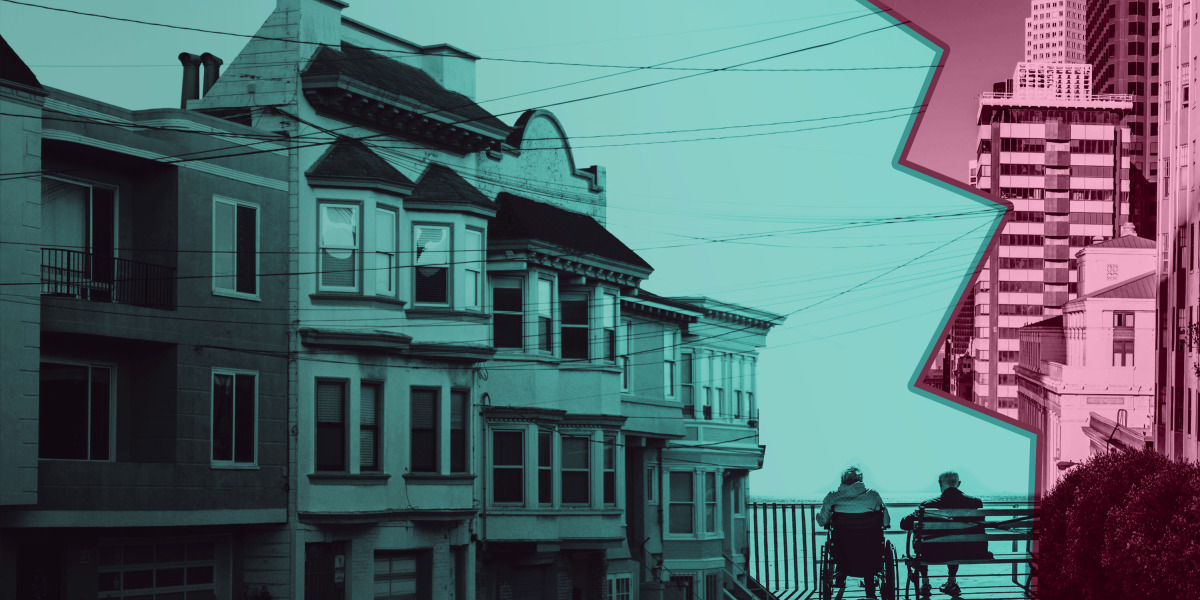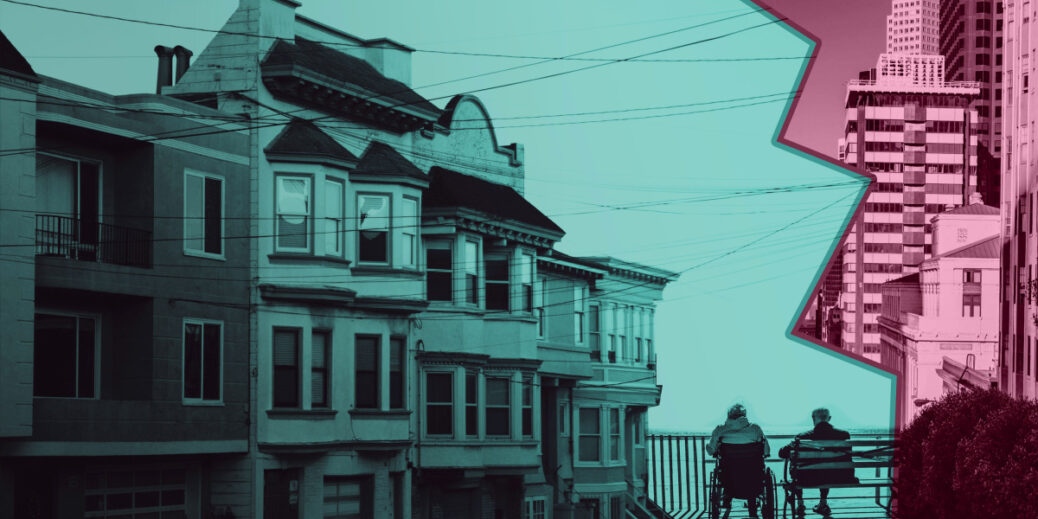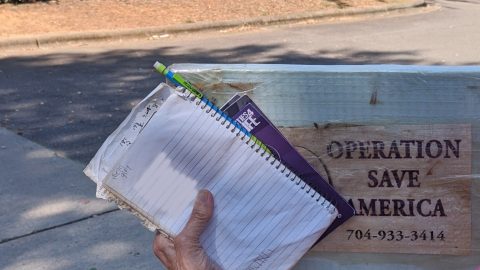
“I had wanted to be online for years,” says the 65-year-old, but “I have to pay for my rent, buy my food—there were other things that were important.”
For as long as the internet has existed, there has been a divide between those who have it and those who do not, with increasingly high stakes for people stuck on the wrong side of America’s “persistent digital divide.” That’s one reason why, from the earliest days of his presidential campaign, Joe Biden promised to make universal broadband a priority.
But Biden’s promise has taken on extra urgency as a result of the pandemic. Covid-19 has widened many inequities, including the “homework gap” that threatened to leave lower-income students behind as schools moved online, as well as access to health care, unemployment benefits, court appearances, and—increasingly— the covid-19 vaccine, all of which require (or are facilitated by) internet connections.
Whether Biden can succeed in bridging the gap, however, depends on how he defines the problem. Is it one that can be fixed with more infrastructure, or one that requires social programs to address affordability and adoption gaps?
The hidden divide
For years, the digital divide was seen as a largely rural problem, and billions of dollars have gone into expanding broadband infrastructure and funding telecom companies to reach into more remote, underserved areas. This persistent focus on the rural-urban divide has left folks like Marvis Phillips—who struggle with the affordability of internet services, not with proximity—out of the loop.
And at the start of the pandemic, the continued impact of the digital divide became starkly drawn as schools switched to online teaching. Images of students forced to sit in restaurant parking lots to access free WiFi so they could take their classes on the internet drove home just how wide the digital divide in America remains.
The Federal Communications Commission did take some action, asking internet service providers to sign a voluntary pledge to keep services going and forgive late fees. The FCC has not released data on how many people benefited from the pledge, but it did receive hundreds of complaints that the program was not working as intended.
Five hundred pages of these complaints were released last year after a public records request from The Daily Dot. Among them was a mother who explained that the pandemic was forcing her to make an impossible choice.
“This isn’t just about the number of people who have lost internet because they can’t afford it. We believe a far greater number of people can’t afford internet, but are sacrificing other necessities.”
“I have four boys who are all in school and need the internet to do their online school work,” she wrote. Her line was disconnected despite a promise that it would not be turned off due to non-payment. “I paid my bill of $221.00 to turn my services on. It was the last money I had and now do not have money to buy groceries for the week.”
Other messages spoke of the need to forgo food, diapers, and other necessities in order to keep families connected for schoolwork and jobs.
“This isn’t just about the number of people who have lost internet because they can’t afford it,” says Dana Floberg, policy manager of consumer advocacy organization Free Press. “We believe a far greater number of people … can’t afford internet but are sacrificing other necessities.”
According to Ann Veigle, an FCC spokesperson, such complaints are passed onto providers, who are “required to respond to the FCC and consumer in writing within 30 days.” She did not respond to questions on whether the service providers have shared reports or outcomes with the FCC, how many low-income internet and phone subscribers have benefited from the pledge, or any other outcomes of the program.
The lack of data is part of a broader problem with the FCC’s approach, says Floberg, since former chairman Ajit Pai recategorized the internet from a utility, like electricity, back to a less-regulated “information service.” She sees restoring the FCC’s regulatory authority as “the linchpin” toward “equitable and universal access and affordability” of broadband internet, by increasing competition and, in turn, resulting in better service and lower prices.
Measuring the wrong things
It took Marvis Phillips three months of free internet, two months of one-on-one training, and two donated iPads—upgraded during the pandemic to accommodate Zoom and telehealth calls—to get online. And since the city ordered people to stay at home to prevent the spread of the virus, Phillips says the internet has become his “lifeline.”
“Loneliness and social isolation is…a social justice and poverty issue,” says Cathy Michalec, the executive director of Little Brothers-Friends of the Elderly, the nonprofit that helped Phillips connect as part of its mission to serve low-income seniors. As with other solutions to isolation—bus fare to visit a park, tickets to a museum—internet connections also require financial resources that many older adults don’t have.



Recent Comments